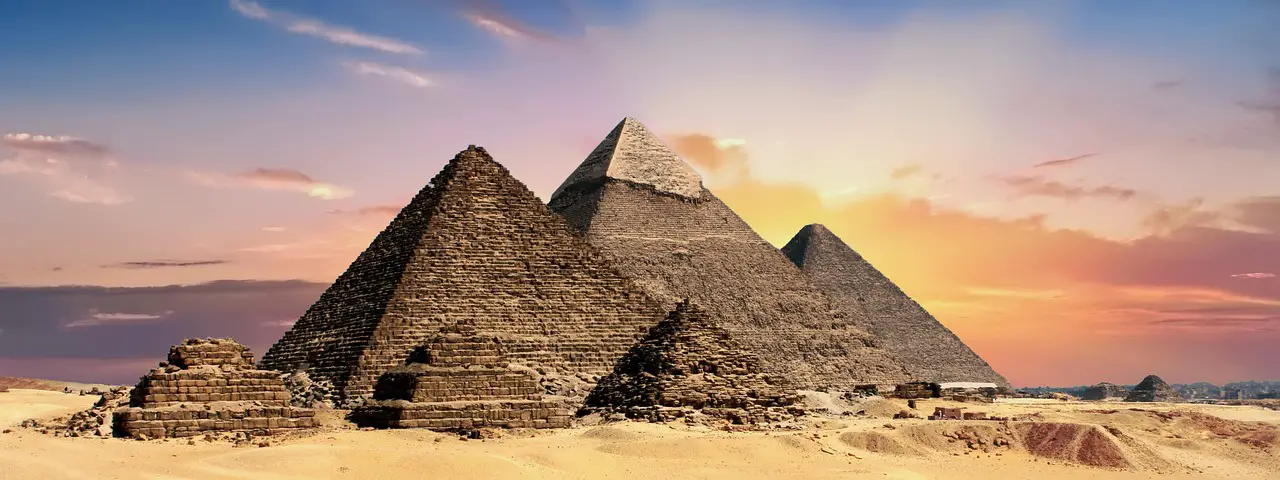Ancient Egyptians had a unique approach to sleeping comfort – they used stone slabs as pillows, known as headrests. These headrests served the practical purpose of supporting their necks while they slept, ensuring a comfortable position throughout the night. Also, Egyptians believed that the head was the seat of spiritual life, making it crucial to protect during sleep.
The headrests were not merely functional but adorned with intricate engravings of protective symbols and imagery. For example, depictions of the God Bes, believed to ward off evil spirits, were commonly found on these stone headrests. This symbolic protection provided a sense of security to the sleepers, safeguarding them against malevolent forces while they rested.
Moreover, the significance of headrests extended beyond the realm of the living. In Egyptian funerary practices, headrests were placed under the heads of the deceased to serve as a protective barrier against evil spirits in the afterlife. This demonstrates the enduring belief in the protective power of headrests and their integral role in Egyptian culture and spirituality.
Ancient Egyptians ingeniously used stone pillows for both practical and spiritual purposes. Positioned close to the floor, these stone headrests served a crucial practical function by preventing insects and vermin from crawling into one’s mouth, nose, ears, or across face during sleep. This feature made the idea of a stone pillow surprisingly appealing in ancient Egypt, ensuring a restful night’s sleep free from unwanted disturbances.
Beyond their practicality, Egyptian stone pillows held deep spiritual significance. In Egyptian culture, the head was revered as the seat of spiritual life, necessitating its protection during sleep. To achieve this, stone headrests were often intricately engraved with protective imagery, such as depictions of the god Bes. Bes, known as a protective deity of sleeping individuals, boasted a fearsome appearance believed to drive away evil spirits, providing a sense of security to the sleeper.
Moreover, the spiritual importance of stone headrests transcended into the afterlife. Even in death, Egyptians placed these headrests under the heads of the deceased, serving as a symbolic barrier against malevolent spirits in the realm beyond. This practice underscores the enduring belief in the protective power of stone headrests and their integral role in both earthly life and the journey to the afterlife in ancient Egyptian culture.
Avid Writer with invaluable knowledge of Humanity!
Upcoming historian with over 30 million views online.
“You make your own life.”





